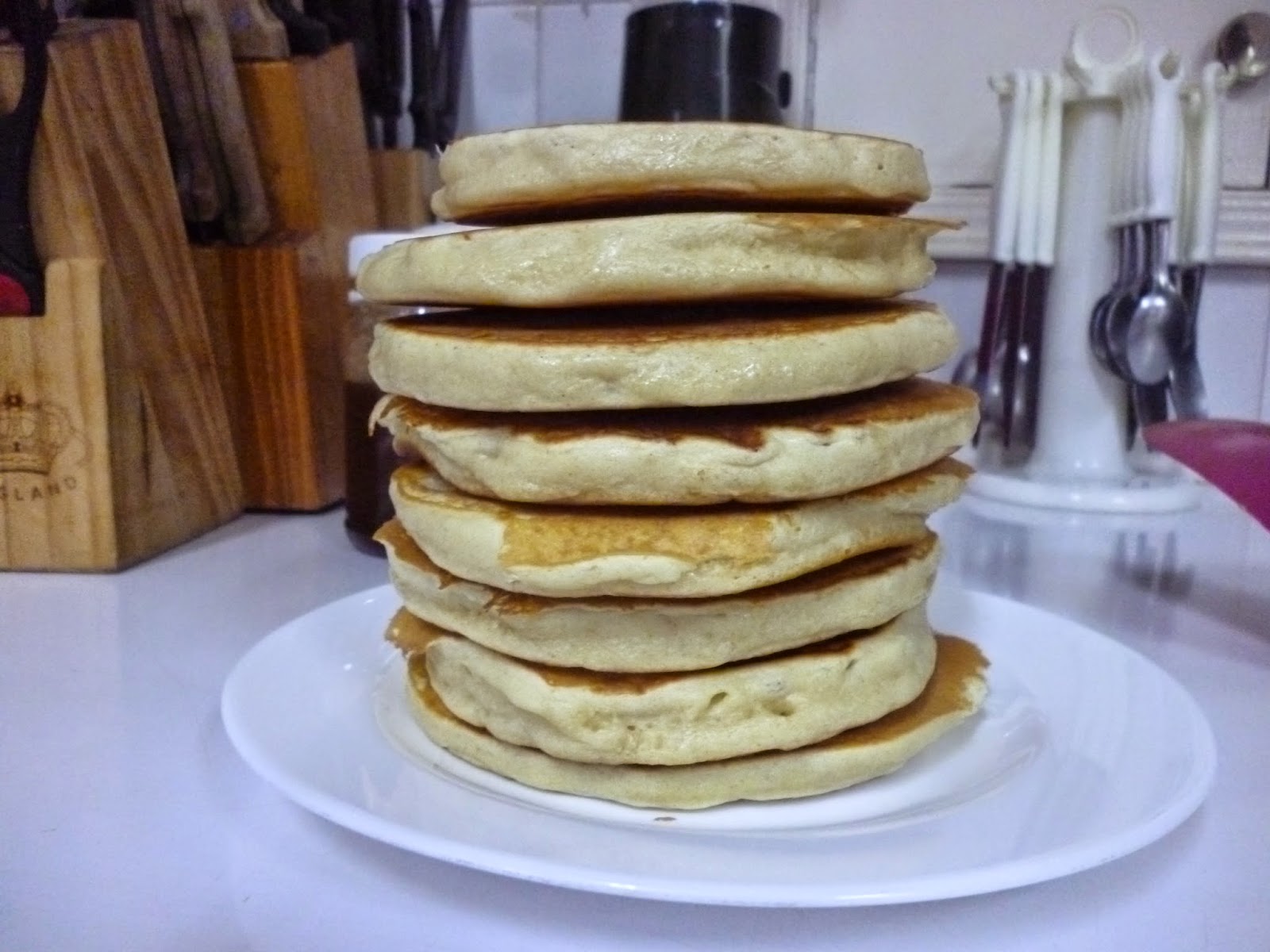Every kitchen has to have a cabinet or a pantry full of dried herbs and spices. Even the most conservative of homes, where food is cooked as plainly as possible, has a few spices lying around.
My cooking style borrows heavily from the Middle and Far East so those spices are always available in the house. I usually find that the culinary style from these regions use spices in such a way that they are overpowering. On the other hand, I prefer spices to be far away in the background, rather than it punching you in the face and melting your mouth
Below is my personal preference of spices that I use regularly.
Black pepper.
This spice NEVER misses in any of my cooking. If I can sneak it in then I will. I love it because it is hot but unlike chillies it is not overpowering. When used in moderate quantities, the heat hits at the back of the tongue as you swallow giving a good surprise at the end. Too much and the food becomes extremely hot.
Cayenne pepper and cinnamon.
The heat of the cayenne is balanced with the sweetness of the cinnamon. Yes, I know cinnamon is a bit odd since its mainly used in desserts but it works well with other dishes too. Use cayenne pepper sparingly. It is extremely hot and can turn a meal in to a disaster. About half a teaspoon of cayenne is enough followed by a teaspoon of cinnamon. Cayenne pepper comes to its own when you make jerk chicken.
Cumin and cloves.
This is a winning combination. Its a marriage made in heaven and delivered to our taste buds. Cumin and cloves come to their own in njahi (black beans) and with the horrible tasteless soya meat. I would be careful with the cloves since it packs a little more punch in the flavour department and can be overpowering. Other than that you should try this combination. It is amazing.
Basil and oregano.
For when am feeling a little bit Italian. Okay, when am feeling like making fake Italian dishes. 2 spices cannot substitute for the culinary experience from Italy. Basil is great with minced meat. Oregano and basil go well in red sauce which when added to pasta makes a big difference from your usual boiled pasta. I hate plain boiled pasta.
Garam masala.
Green grams (ndengu) have never been the same since I discovered this spice. It can be used in pilau together with pilau masala but I highly recommend that you try it with ndengu.
Pilau masala and cardamon.
Cardamon is one of the most expensive spices that you can pick up from the shelves of your local supermarket, but its worth it. Orginally I found it being used in mandazi and cakes: I use cardamon and pilau masala in my fried rice (recipe coming soon).
Bay leaf.
The underdog. I rarely use it because it is usually at the back of the spice cabinet. When the leaves are boiled, they infuse a lemon-like flavour in to the dish. Works great with soups and syrups as well as its a great way to put some flavour into boiled rice. Just remember to take them out before serving as they are not meant to eaten
These are some of the few spices that I love to use. What is your favourite spice?



